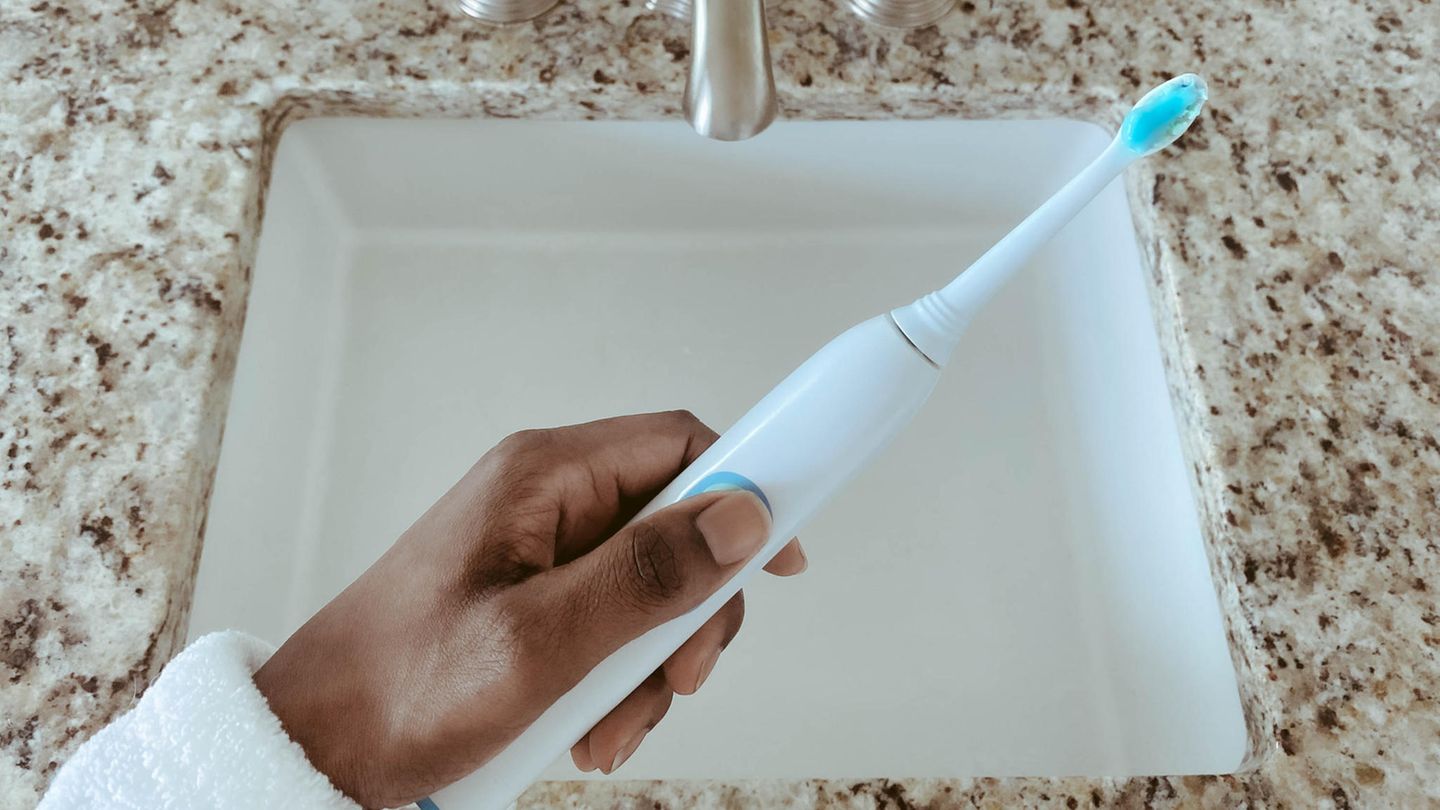Image: Mark Sengstbratl/Art University Linz

Image: Mark Sengstbratl/Art University Linz

Image: Mark Sengstbratl/Art University Linz
The Linz Art University is celebrating its 50th anniversary this year. Against this background, the intention to offer something special at the Ars Electronica Festival can be seen and, above all, felt. The “Art University Campus” (Information on the left) enliven the works of 150 students and the commitment of almost 420 hands-on people. They represent 14 departments of all four institutes. What unites them qualitatively is an incredibly alert mind and knowledge of engineering, technology, biology and aesthetics that amazes. And that encourages you to consider who should actually set the tone when it comes to truth in the modern age.
For example, when Nadja Reifer (35), a PhD student in visual communication, starts her work for the audiovisual project “we cascade” (Kunstuni, Hauptplatz 6) describes, one thinks to be part of a sci-fi film. To put it simply: She helps slime mold cultures in so-called bioreactors, which at first glance look like stylish lampshades, to communicate with the help of artificial intelligence and light – in sounds and visual worlds.
What sounds like pie in the sky for some, is actually a reminder for Maturer that we humans, like mushrooms, are ecosystems “and we are more connected to the environment than we often realize”. Sheida Ramhormozihosseinizadeh, who comes from Tehran, also draws attention to this in an almost magical way: Her object is called “breathing clouds” (Main Square 6). Whoever blows into a device breathes life into a cloud-like structure covered with fluffy fabric – it moves. For the 33-year-old, it’s a way to draw attention to man-made air and environmental pollution.
Holunder Heiss created something sensual and interactive with Joachim Smetschka (Head of Time-Based and Interactive Media Art): They installed 55 lamps over a length of 60 meters, which hang from the ceiling in the corridors like lightsabers (Hauptplatz 8, 3rd floor). Anyone who wants to compose with light can switch it on and off.

Image: Mark Sengstbratl/Art University Linz
Enlightening how touching is “The most beautiful place in the world”, which Sofia Jüngling-Badia created (Hauptplatz 8, 3rd floor) – with furniture from the inclusive shared flat in which she lives. She wants to show what it’s like to live with her father, who is suffering from dementia, using audio recordings that have gotten bumpy. If he no longer knows where he is, he only says one more thing: “It’s so beautiful here.” Also a hard truth to face.
The Ars Electronica Festival at a glance
September 6th to 10th, opening: Thursday, 8.45 p.m., PostCity, Gleishalle: Robin Fou, Luc Gut and Rolf Hellat present their projects Triptych and Oszilot live, as well as performances by Kyoka and Riccardo Giovinetto.
The most important exhibitions: PostCity (ex-post distribution center, main station): winner of the Prix Ars Electronica, STARTS Prize winner, theme show
Kunstuni Linz: exhibitions, performances, guest universities (Hauptplatz 6/8)
exhibitions.ufg.at

Image: Mark Sengstbratl/Art University Linz
Ars Electronica Center: “Understanding AI”
Mariendom: Performance “The Mirage Replicas 2.0” by Yen-Tzu Chang (Taiwan)
Studio house Salzamt: “The New Aesthetic of AI in Artistic Practice”, Nanyang Technological University, Singapore
lentos: Cisneros Fontanals Art Foundation (CIFO)
September 8th: Big concert night, PostCity, 8 p.m.: Bruckner Orchestra with Def Ill and Bara Gisladottirb22 to 4 a.m.: Nightline
Festival info/tickets: www.ars.electronica.at
Source: Nachrichten




